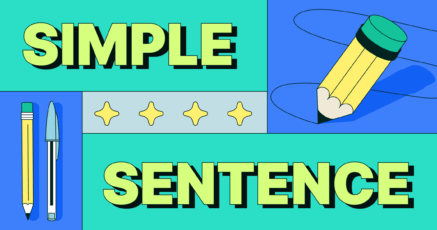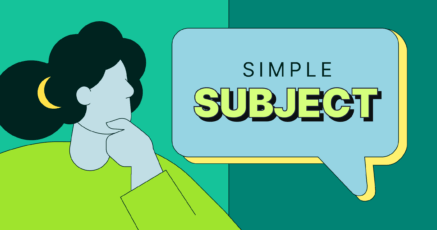Sentences
 The 4 Types of Conditional SentencesConditional sentences are complex sentences with two parts: a condition (starting with if or unless) and a result, used to...May 30, 2024
The 4 Types of Conditional SentencesConditional sentences are complex sentences with two parts: a condition (starting with if or unless) and a result, used to...May 30, 2024 Flow: Ensure Sentences Are in Logical OrderWriting is an art. It’s a way to express thoughts, ideas, and emotions. But what makes writing effective? It’s not just about...May 30, 2024
Flow: Ensure Sentences Are in Logical OrderWriting is an art. It’s a way to express thoughts, ideas, and emotions. But what makes writing effective? It’s not just about...May 30, 2024 Interrogative Sentences ExplainedEver found yourself puzzled by interrogative sentences? You’re not alone. Interrogative sentences, or question sentences, are a...May 30, 2024
Interrogative Sentences ExplainedEver found yourself puzzled by interrogative sentences? You’re not alone. Interrogative sentences, or question sentences, are a...May 30, 2024 Mastering End-of-Sentence Punctuation: Periods, Question Marks, Exclamation Points, and MoreEvery sentence has to come to an end eventually, and when you’re writing, the way you indicate the end of a sentence is with end...February 1, 2024
Mastering End-of-Sentence Punctuation: Periods, Question Marks, Exclamation Points, and MoreEvery sentence has to come to an end eventually, and when you’re writing, the way you indicate the end of a sentence is with end...February 1, 2024 Title Case vs. Sentence Case: What’s the Difference?When it comes to capitalizing titles, you’ve probably seen every style imaginable. From all caps to no caps and everything in...January 18, 2024
Title Case vs. Sentence Case: What’s the Difference?When it comes to capitalizing titles, you’ve probably seen every style imaginable. From all caps to no caps and everything in...January 18, 2024 4 Types of Sentences to KnowKnowing the different kinds of sentences—and how to form them correctly—ensures you can always communicate what you mean and is a...January 17, 2024
4 Types of Sentences to KnowKnowing the different kinds of sentences—and how to form them correctly—ensures you can always communicate what you mean and is a...January 17, 2024 Simple Sentence: Meaning and ExamplesOf the four sentence structures that clauses can be combined to make, the simple sentence is the most basic. Simple sentences...November 7, 2023
Simple Sentence: Meaning and ExamplesOf the four sentence structures that clauses can be combined to make, the simple sentence is the most basic. Simple sentences...November 7, 2023 What Is the Simple Subject in Grammar?The simple subject in grammar is one of the most important parts of sentence structure. It defines who does the action of the...September 21, 2023
What Is the Simple Subject in Grammar?The simple subject in grammar is one of the most important parts of sentence structure. It defines who does the action of the...September 21, 2023 Understanding the Subject of a Sentence: A Comprehensive GuideIf you’ve ever wondered what makes a sentence a sentence, here’s your answer: a subject and a predicate. The subject of a...July 18, 2023
Understanding the Subject of a Sentence: A Comprehensive GuideIf you’ve ever wondered what makes a sentence a sentence, here’s your answer: a subject and a predicate. The subject of a...July 18, 2023 How to Show Emphasis in a Sentence, With ExamplesIf you need to emphasize a word or a particular fact in a sentence, you can use italics to stress it. That said, italics and...June 23, 2023
How to Show Emphasis in a Sentence, With ExamplesIf you need to emphasize a word or a particular fact in a sentence, you can use italics to stress it. That said, italics and...June 23, 2023